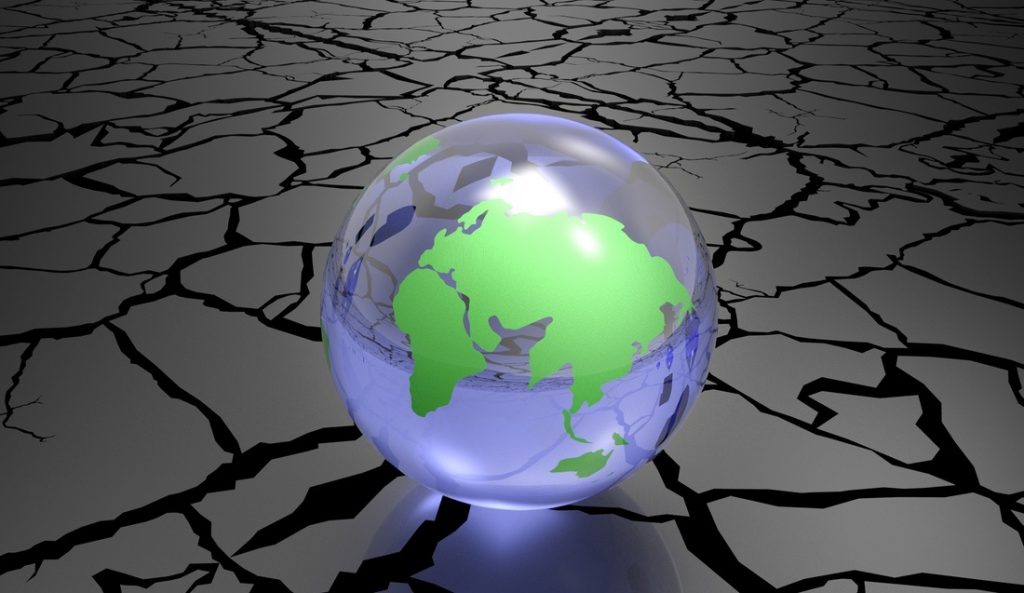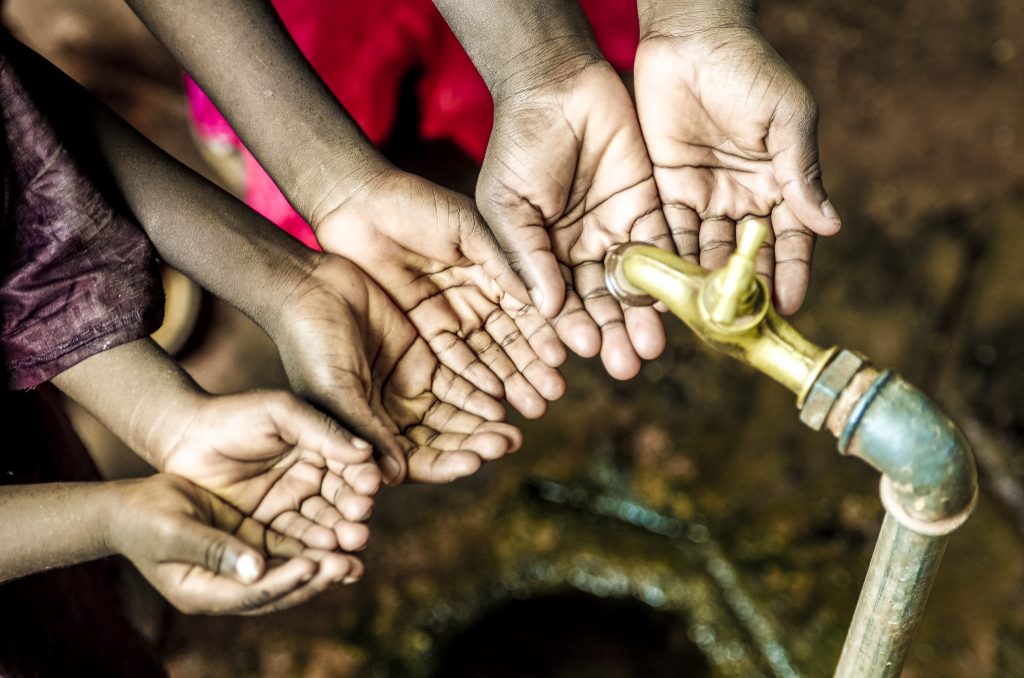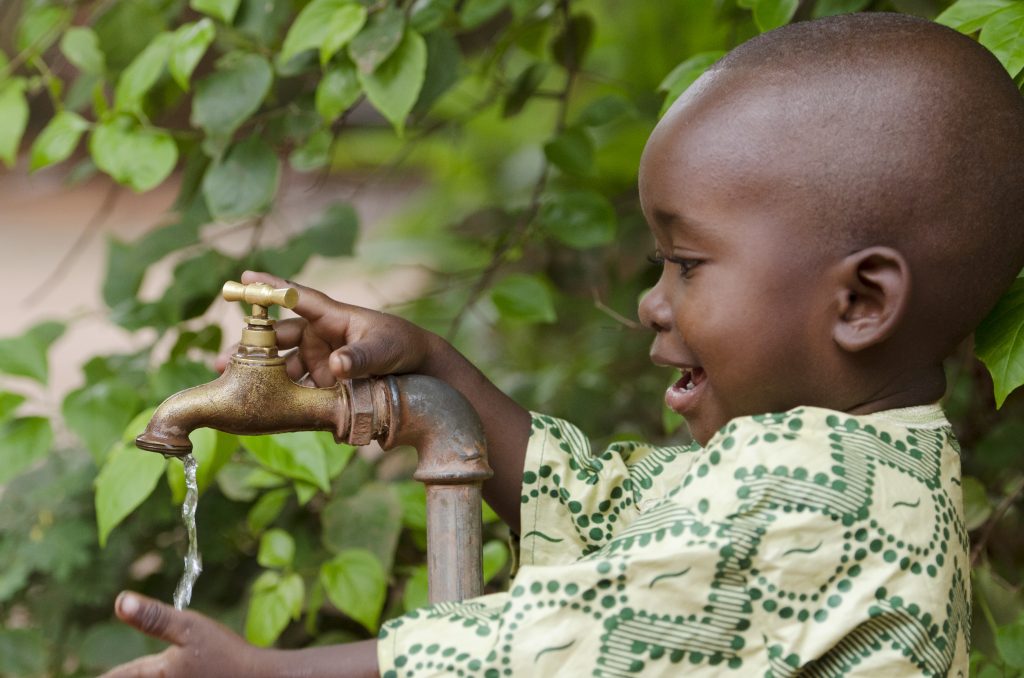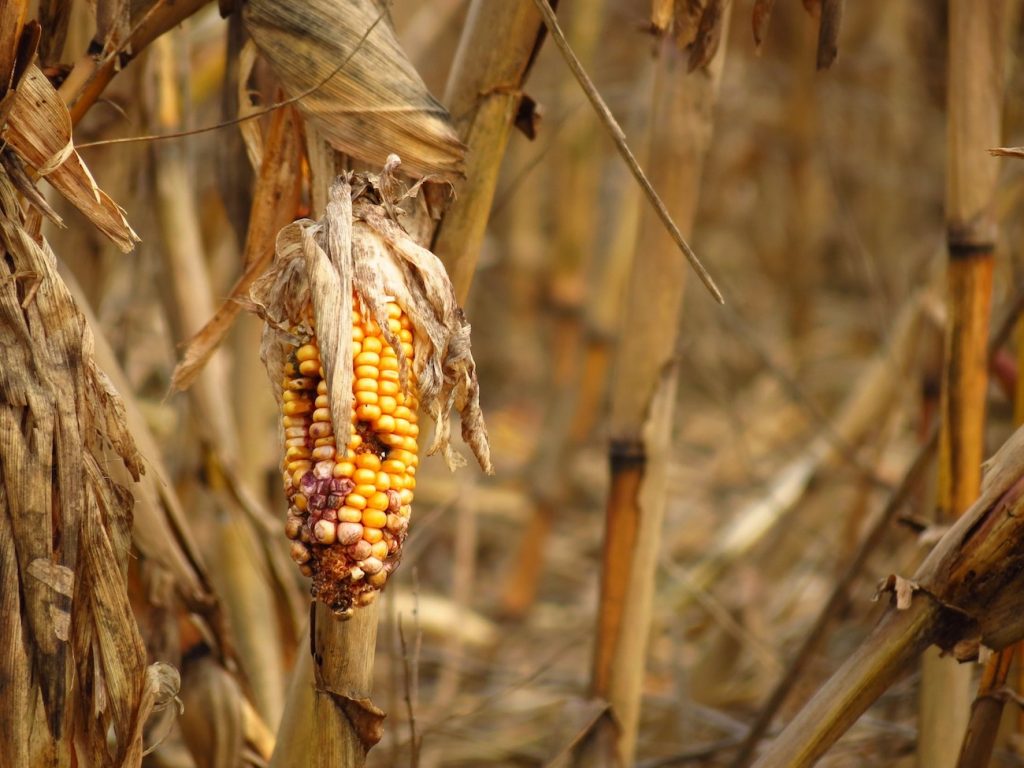
There are only four naturally occurring sources for drinking water:
- Lakes, ponds & man-made reservoirs
- Groundwater, springs & aquifers
- Rivers, streams & glacial runoff
- Rain & snow
Each of these sources has been harnessed to provide fresh water for the world’s 7.3 billion people, crops, animals and manufacturing. But fresh water is not evenly accessible, it is not enough, and it is projected to get much worse, even in developed nations

Around 1.2 billion people live in areas of physical water scarcity and an additional 500 million are approaching water scarcity.
California has experienced 9 major droughts in the past 100 years with the last drought being the worst in recorded history. The California water system is the largest and most complex in the world, serving 30 million people and irrigating over 5 million acres of farmland.
The San Joaquin Valley is one of the most important agricultural areas in the US, but over pumping of the aquifers by 100,000 unregulated private wells has resulted in large areas of the valley to sink several feet, with the worst affected areas sinking 28’ due to soil compaction as the water table lowers 100’s of feet. These aquifers cannot be recharged.

Cape Town, South Africa, a modern city of 4,000,000 people will run out of drinking water within months. The water system will be turned off and emergency measures will be enacted to furnish water for even basic needs.
Australia has enacted water restrictions throughout the country which is the driest inhabited continent on the planet.

Water scarcity causes diseases, crop failure, pollution, malnutrition, refugee migrations and regional conflicts.
Water demand is projected to grow by 55% by 2050.
